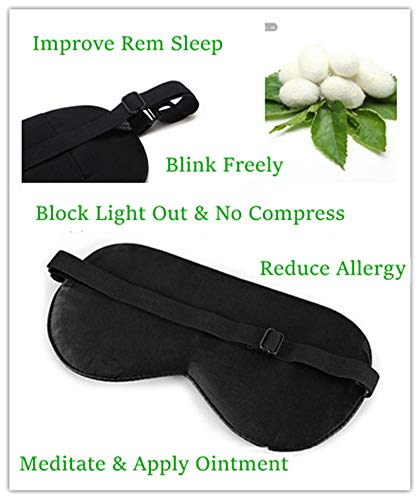Around 40,000 people in the US are diagnosed with Bell’s Palsy each year. This is a form of facial paralysis that causes a sudden weakness on one side of your head. Although temporary in most cases, a Bell’s Palsy condition can immediately affect a person’s self-confidence. Especially when you have an essential photoshoot upcoming, however, you can still take some pretty good and confident pictures with a few simple tricks!
Photography is all about aesthetics and how you perceive yourself. With good lighting, striking angles, and a few good poses, you can capture impeccable pictures without feeling self-conscious. Here in this guide, we have managed to list down a handful of tips and tricks that will help you click great images with Bell’s Palsy.
. Choose a Natural Lighting
Lighting plays a vital role in photography. Use natural light as your lighting for your pictures. Daytime and early evenings are the most optimal times for portrait shooting. Try to opt for a cloudy day for your photoshoot. Bright lighting is very flattering for all skin tones and is easy to set up indoors and outdoors.
. Turn Your Back Towards the Sun
A great tip for taking good pictures is to never look directly at the sun. Always turn your back towards the sun. This gives a brighter background and helps the photographer to use contrasting effects that provide a sharp look. Looking directly at the skin dulls the skin tone and makes you squint your eyes. Especially when you have Bell’s Palsy, squinting can make your pictures look bad.
. Talk to the Photographer
It is better to talk to your photographer before the photoshoot about the issues related to Bell’s Palsy. Talking about your reservations can help your photographer give a heads up. The team can therefore choose better poses and angles that make your pictures look flattering. It is your photographer’s job to make you feel comfortable and confident during the photoshoot. Talking about your issues will make them understand you better and make you as comfortable as possible.
. Use Fingers to Hold Your Head
When you are taking casual photos that do not need any strict regulations, it is a great idea to use your fingers to hold the side of your head. You can slightly stretch your face to hold the drooping eyelids or mouth. Hold your head in a way that makes it look like you are posing. Slightly turning your head away while maintaining your face is an excellent pose for portraits and selfies.
. Turn to One Side
If you are not comfortable with front poses, you can try using the side poses. A good side pose does not only look flattering but also helps you look more confident. This is an assertive posture that minimizes the reservations that you have regarding your condition and also enables you to capture good pictures regardless.
. Do Facial Exercises Before the Shoot
Doing the facial exercises recommended by your doctor or therapist before your photoshoot can help your facial muscles stretch and relax. This gives a little movement to your facial muscles to express yourself more in the photographs. Lightly rubbing your eyes, cheeks, and mouth in circular motions is an excellent exercise for increasing the blood flow to your facial muscles.
. Have a Relaxed Posture
Make sure that you are standing in a relaxed position during the photoshoot. Ask your photographer to choose poses with a laid-back posture. Use natural, candid pictures to capture your photographs. In a group photo, choose a spot farthest from the photographer. This is the most flattering position for a picture.
. Track Your Progress
Most patients suffering from Bell’s Palsy do not like to take photos. This condition can seriously impact one’s self-confidence, which naturally makes it difficult for the person to take pictures. However, doctors and therapists believe that taking your photographs during the recovery period can help you track your progress. This will make you feel good about your healing process but also helps you in clinical diagnosis.
You can use ten static poses recommended by doctors. You can try capturing photos with such views, “at rest or repose, small closed-mouth smile, large smile showing teeth, the elevation of eyebrows, closure of eyes gently, closure of eyes tightly, puckering of lips, showing bottom teeth, snarling or wrinkling of the nose and nasal base view,”
Conclusion
Bell’s Palsy is a common condition that can have a severe impact on how you perceive yourself. The key to overcoming self-doubt is to face the challenges that come with it and accept the healing process. This means that you can still take great photos despite your reservations with self-confidence and some great photography tips and tricks.



